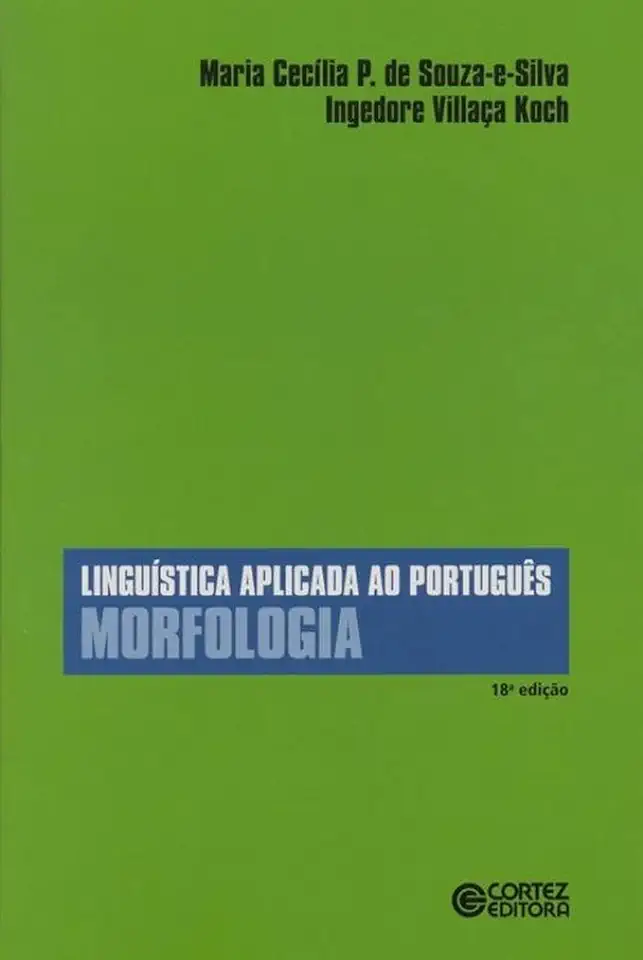
Applied Linguistics to Portuguese: Morphology - Koch
Applied Linguistics to Portuguese: Morphology - Koch
Introduction
In "Applied Linguistics to Portuguese: Morphology," renowned linguist Ingedore G. Koch delves into the intricate world of Portuguese morphology, providing a comprehensive and accessible guide for students, researchers, and language enthusiasts alike. This book offers a systematic exploration of the morphological structure of Portuguese, shedding light on its complexities and nuances.
Key Features
1. Comprehensive Coverage:
Koch's book encompasses a wide range of morphological topics, including word formation, inflectional morphology, and derivational morphology. Each topic is meticulously explained with clear examples, making it an invaluable resource for understanding the inner workings of Portuguese morphology.
2. Clear and Engaging Explanations:
Koch presents complex morphological concepts in a lucid and engaging manner, ensuring that readers can grasp even the most challenging aspects of Portuguese morphology. Her explanations are complemented by numerous examples and exercises, allowing readers to apply their knowledge and reinforce their understanding.
3. Practical Applications:
"Applied Linguistics to Portuguese: Morphology" goes beyond theoretical discussions by demonstrating the practical applications of morphology in language teaching, language processing, and natural language understanding. This practical orientation makes the book highly relevant for language professionals, educators, and researchers working in various fields.
Chapter Summaries
Chapter 1: Introduction to Morphology
- Provides an overview of morphology and its significance in linguistic analysis.
- Discusses the different levels of morphological analysis, including morphemes, stems, and words.
Chapter 2: Word Formation
- Explores the various processes involved in word formation, such as compounding, affixation, and reduplication.
- Presents a detailed analysis of Portuguese word formation patterns and their impact on the language's lexicon.
Chapter 3: Inflectional Morphology
- Delves into the intricacies of inflectional morphology, focusing on the grammatical categories expressed through inflectional morphemes.
- Covers topics such as noun declension, verb conjugation, and the formation of comparative and superlative forms.
Chapter 4: Derivational Morphology
- Examines the processes and rules governing derivational morphology in Portuguese.
- Discusses the formation of nouns, adjectives, verbs, and adverbs from roots and stems.
Chapter 5: Morphological Analysis
- Provides a step-by-step guide to morphological analysis, enabling readers to identify and classify morphemes within Portuguese words.
- Includes practical exercises and examples to reinforce understanding.
Chapter 6: Applications of Morphology
- Explores the practical applications of morphology in language teaching, language processing, and natural language understanding.
- Discusses the role of morphology in machine translation, speech recognition, and text-to-speech systems.
Conclusion
"Applied Linguistics to Portuguese: Morphology" is an indispensable resource for anyone seeking to deepen their understanding of Portuguese morphology. Koch's expertise and clear explanations make this book an essential addition to the libraries of linguists, language educators, and anyone fascinated by the intricacies of language. With its comprehensive coverage, practical applications, and engaging style, this book is a must-read for anyone interested in Portuguese language and linguistics.
Enjoyed the summary? Discover all the details and take your reading to the next level — [click here to view the book on Amazon!]